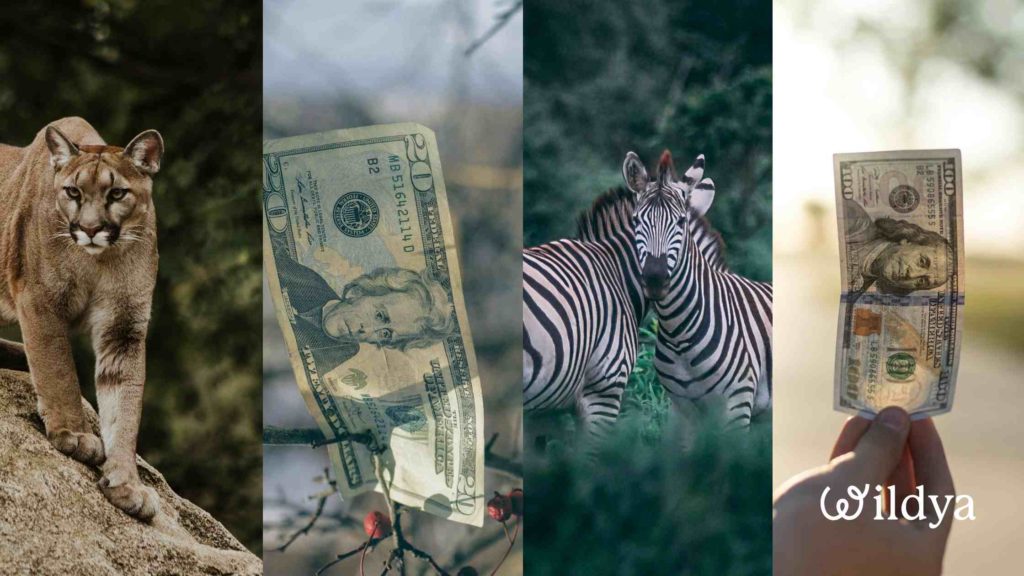
Raising funds? Yeah, it’s pretty terrifying, we get it. But it doesn’t have to be. No worries, we’re here to guide you through fundraising strategy examples that actually work, tailored for ecopreneurs like you.
Crowdfunding, partnerships, grants, venture capital (VC)… So many ways of raising funds for your nature project.
We’ll break down why fundraising is a must, share real strategies that have worked (with examples!), and of course, provide some tips to help you set up your own fundraising strategy.
Because having a wild idea is awesome… but being able to finance it? Even better! 💸
What’s fundraising and why it’s your best friend as an ecopreneur
Before exploring the different opportunities, let’s quickly review what is fundraising, and why it’s so important for your nature venture.
Fundraising, what is it exactly?
Basically, fundraising is about gathering money to finance your project. It can be through donations, angel investors, partnerships, sales, campaigns… In a nutshell, anything that can get things moving.
If you don’t have the money, your project will remain just an idea. No funding, no action.
Some biodiversity projects, even though brilliant, have failed just because they couldn’t mobilise the necessary funds. On the other side, some have seen their project exploding thanks to a well-executed campaign, like the Ocean Cleanup. 🌊
It’s not just about money. It’s about giving life to your project.
Why you can’t skip fundraising for your nature venture
You want your project to work, right? Well, you need money. As Conservation Careers said, “88% of conservationists rely on fundraising.”
Fundraising is, therefore, the backbone of your project.
Biodiversity initiatives aren’t just about loving nature. It’s also about numbers, setting goals, and tangible actions. And for that, you need resources (a lot of them) to create solutions that make a real difference.
Plus, if you want to have a positive impact that lasts in time, funding is key.
“Long-term conservation costs money and needs long-term funding,” the Nature Conservancy1
Best ways of raising funds for your biodiversity project
There are many ways of raising funds, but be careful: you must choose the right method according to your project! Of course, you can use different techniques simultaneously to increase your revenue.
Let’s dive into the most common options.
Crowdfunding, the fun and engaging option
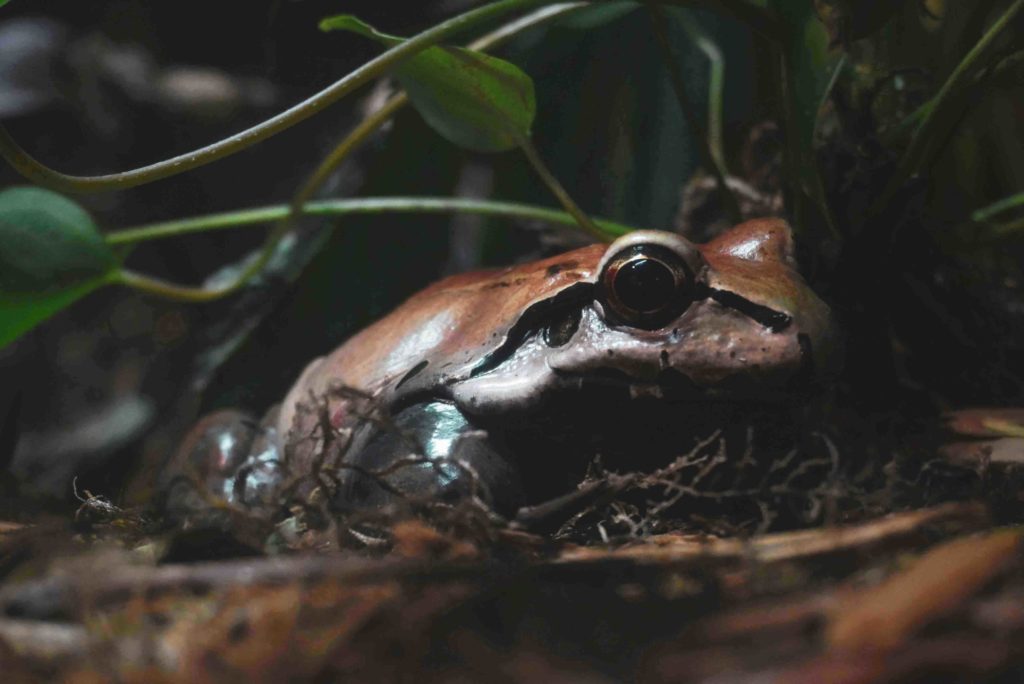
Crowdfunding is about asking people to fund your project through small donations. No need to go through banks or big investors, you call out the general public instead.
With campaigns or donation pages on your website, you encourage everyone to participate in your wild project! Every contribution, even the smallest ones, counts.
It’s the power of collectivity. People give because they believe in your idea.
Look at the example of Save The Frogs! Ghana. They raised 1,671$ in just 6 hours thanks to a very well-rounded campaign. A dedicated landing page, a short deadline that showed the urgency, emails at the right time, clear communication about the impact of this campaign…
The result? A successful fundraising campaign for the frogs! 🐸
What’s great about crowdfunding is that it not only helps you raise the funds needed for your mission. It also connects you with the world, increases your visibility and brings in new audiences!
Easy to set up, flexible, and fun. Whether through emails, ads, website, or social media, you can amplify your project’s voice while securing funds.
What’s even better is that Wildya created a bootcamp specifically for ecopreneurs like you who want to learn how to get attention, amplify their voice, secure funding, and more!
Everything for you to move forward in your project!
Grants, because your project deserves it
Grants are funds given by organisations to support your project. No repayment required, no equity to give up, just the support needed to make your ideas a reality.
You’ll find grant opportunities from foundations, governments, or even companies. Each grant has its own criteria, so you need to target those that correspond to your project.
You need to convince them your project has a real purpose, clear direction, and that the funds will be used correctly.
For that, you’ll need to present a grant proposal.
It’s a pitch where you present your project in detail and explain how you plan to use the money. It’s your moment to shine and show your project is worth being funded!
💡 Little tip: Each grant has its own criteria and deadlines, so be sure to do your research first. Some ask for very detailed projects, some with measurable objectives, action plans, and impact scaling.
Grants are great because they are usually long-term funds, which can help you structure your project over months or even years! But that’s why it takes time to fill out grant proposals correctly.
Because Wildya wants you to succeed, we’ve put together, on Wildya+ Community, a database of 700+ resources with grant opportunities, VCs and more!
Along with tools, reports, documentaries, podcasts, marketing techniques… This is your cheat code to make your project a reality!
VC, what, why, how?
Venture capital (VC) is like a bet.
Investors fund startups with high growth potential in exchange for equity in the company. They bet on projects that can become big and expect a return on their investment.
If your project takes off, they earn more money in return. But if it fails… Well, they lost their bet. 🎰
For that, you need to meet with investors and present your idea, product, and plan. It’s at this moment that you can explain how you’ll be using their money and why you think your project can make a real difference for nature!
They’ll analyse your business plan, vision, and objectives. If you convince them, they invest. But in exchange, you give them shares of your company.
VCs are amazing for projects with high potential. If you don’t yet have the funds to make it grow, this can be your life buoy. 🛟
It’s like having a mentor and an investor in the same boat. They don’t simply give you the money, they help you grow faster with advice and connections.
Public & government funding, because yes it’s actually doable!
Public & government funding is essentially free money that you don’t need to pay back. Governments, public foundations, international institutions… They all have funds to support ecopreneurs like you.
Yes, even if governments are usually more interested in concrete than trees. 🌴
Public funding usually comes through a request for proposals (RFPs). Like competitions where you present yourself and your project, and explain why it matters. Like other fundraising methods, you provide a clear direction and outline how you’ll use the funds.
It takes time, though. You need to search for RFPs that match your project and prepare a strong proposal.
The European Union, for example, has funding opportunities for biodiversity projects, and innovative environmental solutions.
And yes, it’s competitive. But if you believe in your project, can explain it well and show the real impact you’re making, you have a good shot at landing public funding!
Fundraising strategy examples: how these ecopreneurs did it!
Now that we’ve covered the basics of fundraising, let’s dive into some real-world examples!
Fundraising strategy example 1: Anne Weinhold’s taught us about fundraising at Wildya+ Community
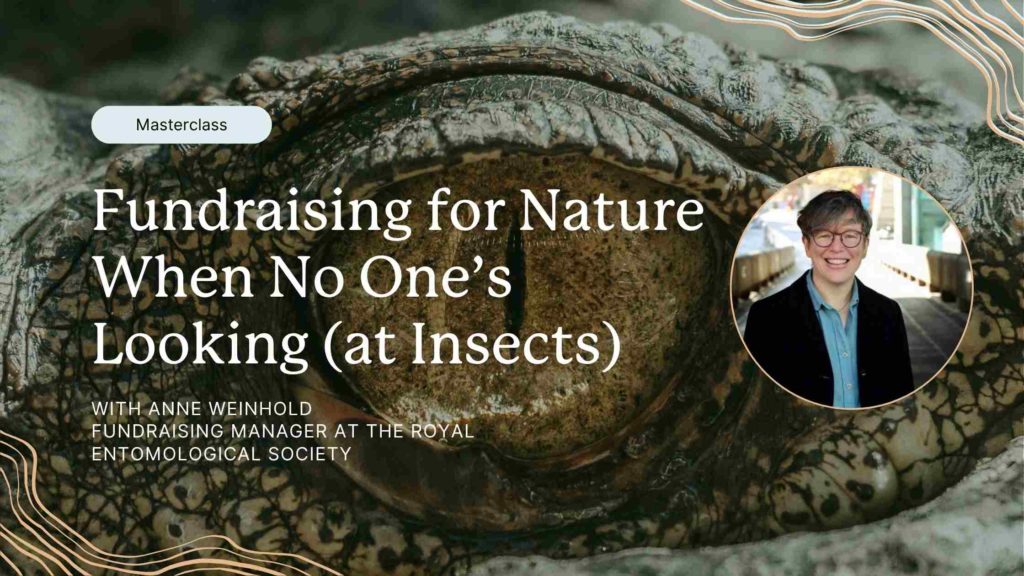
Anne Weinhold gave a masterclass on fundraising for nature on Wildya+ Community. She’s the business development & fundraising manager at the Royal Entomological Society.
In this event, she shared how she raised funds for insect conservation projects (yes we often forget these special little creatures!). 🪲
Anne explained that it’s not always about classic donations (like crowdfunding). It’s also about identifying grants, the type of opportunities that focus on biodiversity, and how you can align your project with funders’ expectations.
Because that’s what we remember from Anne’s masterclass: adapting your strategy to what funders are looking for and making your project stand out.
The best part? You can watch the full recording of this masterclass on Wildya+ Community, and access even more resources and upcoming masterclasses on fundraising!
Fundraising strategy example 2: The Ocean Cleanup’s crowdfunding success
You probably know The Ocean Cleanup 2, right? It’s the organisation on a mission to clean the oceans and rivers of all plastic pollution. And how did they fund it? Crowdfunding, of course!
They understood how to use technology to grab attention. Rather than saying “we’re going to clean the ocean,” they showed how it works. Super-clear videos with images of their system catching plastic. 🌊
And that made all the difference! They broke down step by step how their technology works and why it’s the best solution. People realised it wasn’t just talk, but something real, concrete.
On top of that, they used media. Interviews, articles, updates. All to keep their campaign in the spotlight.
What we learned? Don’t just ask for donations. Show the world your project has a real impact. Make people understand your solution!
The more abstract your campaign is, the harder it is to retain donors’ attention.
How to build your own fundraising strategy (without going crazy)
You’ve got your nature venture, but now it’s time to figure out how to fund it. No need to panic: we’ll give you a couple of tips.
Find the right fundraising source for your eco mission
To build your own fundraising strategy, you need to understand the different funding sources. It’s about choosing the one that matches your nature project.
You know it, each funding source has its own criteria.
For example, crowdfunding is great if your project is easy to understand, visual, concrete and can grab the public’s attention.
But if you’re in a super-specific and technical field, you risk feeling lonely. In that case, partnering with companies or foundations might make a bit more sense for your project.
Public funding is also a good option, but with strict rules. You need to understand the criteria perfectly. You’ll have to prove that your project has a real positive impact on biodiversity and is aligned with public environmental objectives.
Private investors (VC) are looking for projects with high growth potential. This can be a wild option, but once again, you need to be sure your project will answer their expectations in terms of investments, visibility, and impact.
Don’t forget that you’ll need to give up equity in your company!
The most important overall? To understand that each source requires a different approach.
And if you get lost in all the fundraising sources, we’ve prepared a 30-minute video! We show you 16 ways to finance your nature venture. All you need to do is join us on Wildya+ Community!
Create a roadmap that’ll make funders take you seriously
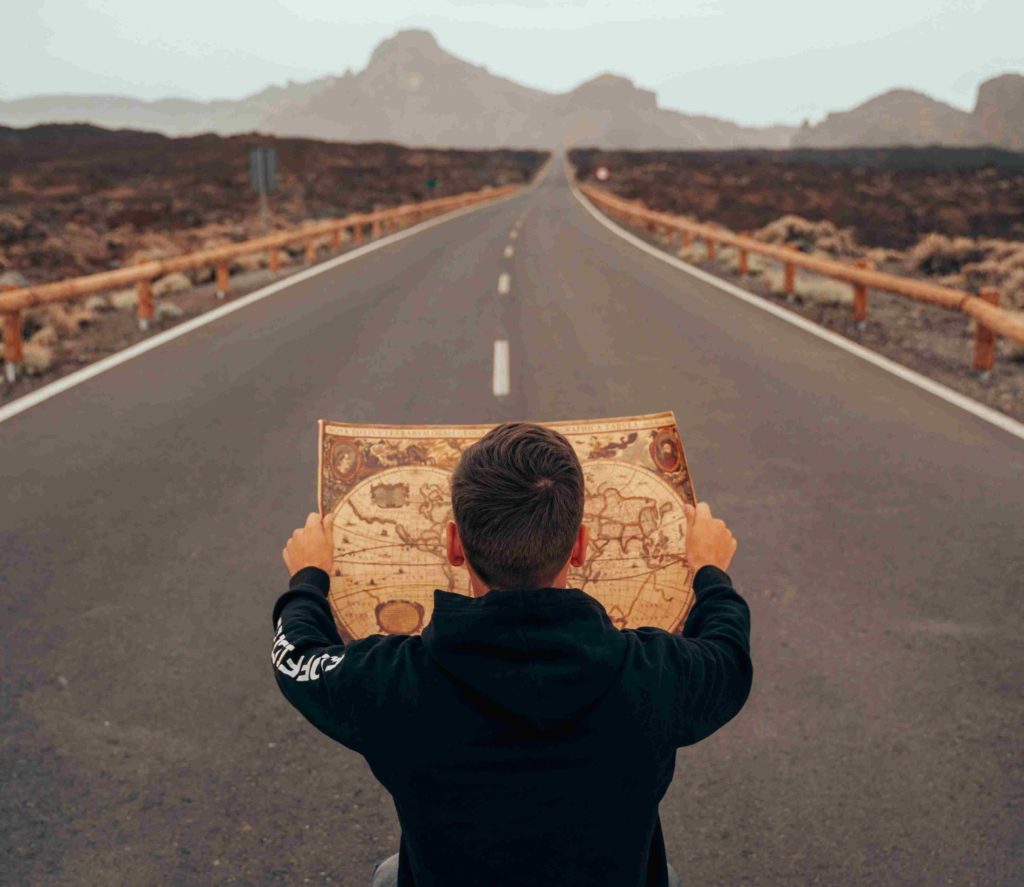
If you’re reading this, it probably means you want funders to take you seriously, right?
First, you need to have clear objectives. Nothing shady. You need to know precisely what you want, how much you need, and why. If you’re going to restore an ecosystem, say it, give a number, a precise goal. It has to be concrete and clear for them.
Then, take a moment to assess the journey you’ve already had so far and where you are now. You don’t ask for funding if you didn’t start your adventure yet.
This means you probably already have partners, a community, and support. Show it to funders! It proves you have a strong project with people already believing in you.
Once you have clear objectives and a good idea of what you’ve already achieved, you need to create a map. A fundraising map. Funders love to know where they put their money. Show that your project is structured with a clear roadmap. Like a calendar.
This not only helps raise funds, but it also serves as your own path to follow, helping you stay consistent.
You also need to understand your audience, especially when it comes to crowdfunding. This will help you adapt your campaign and projects.
And then, of course, you need to keep room for adaptation. Since each funding source has different criteria, after drawing up your roadmap and objectives, you’ll need to adjust the plan to fit the different funding sources.
Finally, never forget why you’re doing this project!
After all, who you are and the passion you bring to your work are what can help you secure funding.
Because funders don’t just give money, they also want to build a lasting relationship, be part of your adventure, and support you along the way.
But now, you’re not sure if your project is at the stage of raising funds yet? No stress! Wildya launched a brand new bootcamp for beginner ecopreneurs. Those who have a wild idea, but still need to reach the first paying supporters!
Build an irresistible pitch!
We know, pitch is a scary thing, but it’s vital to raise funds! It’s the first impression you’ll give. You need, therefore, to craft an awesome pitch showing why your project deserves attention, money and support.
First, be super clear: who are you? What is your project? What’s your future goal? Why is your nature project the best?
If you write a grant pitch, funders want and need to understand in 2-sec what you offer and how you’d be using the funds. ⏱
Then, the tone. Remember, you don’t sell a product, you sell an impact. A real change. So, instead of going into boring details straight away, show them first why your project is unique, and the difference it can make.
Writing a pitch to raise funds is more than talking about money! Share your passion, the urgency, what’s at stake.
And don’t do that alone! Your pitch needs to show that you’re supported, that people are believing in your project. As said, mention your partners and amazing community.
And important point: be concise! No rambling. Funders’ time is precious (yes, time is money!). 💰
Of course, details are important to show how well-rounded your project is, but try to focus on the essentials: a story that captivates and shows why we need you and your project to save biodiversity.
Maybe you already have all the elements to write the most amazing pitch, but you struggle still to tell your story? Well, Wildya offers 1:1 consultations for ecopreneurs like you who need help to go to the next level!
Oliver, founder of Wildya, will go through your project, your strengths, your challenges, and will help you learn how to tell your story in the most convincing way!
Now, do you feel ready to jump in and build your first fundraising?
From finding the right funding source to crafting an irresistible pitch, all these fundraising strategy examples help you get the support you need. The more tailored your approach is, the better your chances are!
Remember: There are different ways of raising funds for your biodiversity projects, and each requires a different approach.
So, if you still feel a bit in the dark, it’s normal. Fundraising is a very complex, yet important part of your project.
The good news? Wildya is here to help you!
If you’re unsure about which Wildya offers to choose, you can book a free call with Oliver!
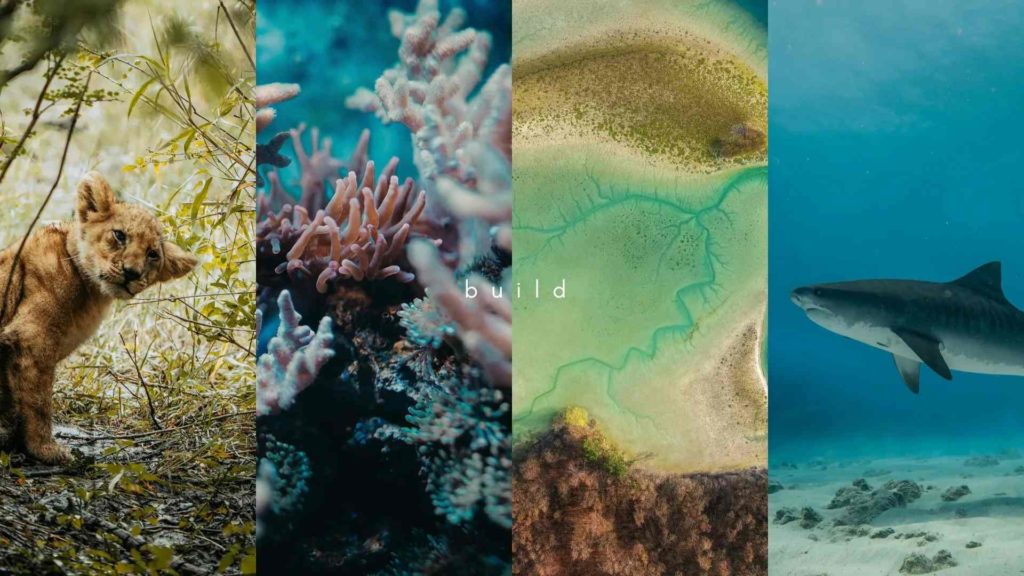
Sources:
1 5 Conservation projects focused on long-term success, The Nature Conservancy.
2 A case study on the success of the Ocean Cleanup, Green Marked.

